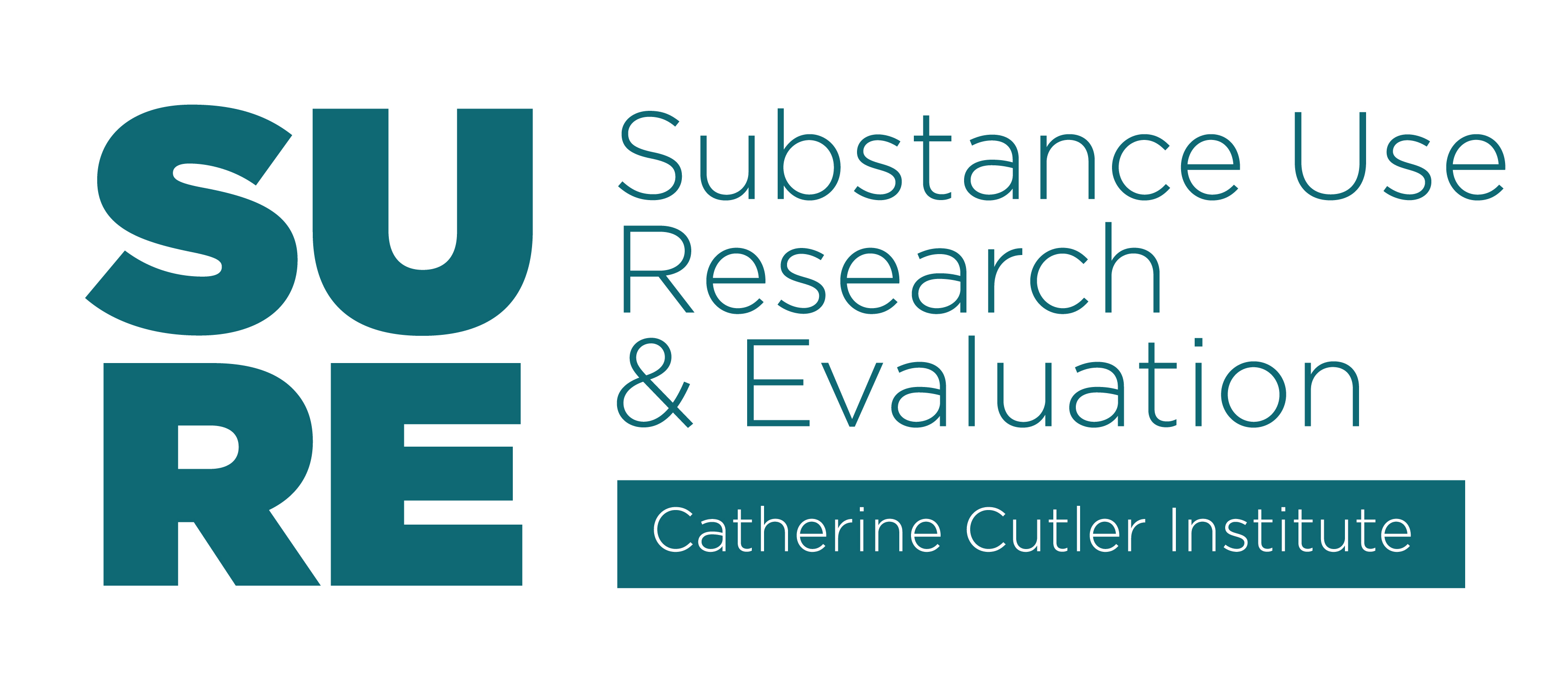Title
The prevalence of mental and physical health disorders among older methadone patients
Document Type
Article
Publication Date
6-2008
Publication Title
American Journal of Geriatric Psychiatry
Abstract
Objectives: The aging opioid-addicted cohort from the 1970s has begun to alter the demographic characteristics of individuals in need of services for heroin addiction. Yet, despite clear trends that indicate the population of older methadone patients is increasing, little is known about their well-being and service needs. The goal of this study was to assess the physical and mental health status of older methadone patients.
Design: Face-to-face interviews were conducted with study participants.
Setting: This study was conducted at a free-standing methadone clinic in a Midwestern industrial city.
Participants: A clinic sample of 140 adult methadone patients over the age of 50 was recruited for face-to-face interviews.
Measures: Mental health status was assessed by the Composite International Diagnostic Interview. The SF-12v2 was administered to measure a range of physical health issues. Participants were also asked about a variety of chronic conditions. In addition, respondents provided access to their drug screen results from monthly urine tests for illegal drug use for 1 year before and 1 year after the interview.
Results: Findings revealed that over half (57.1%) of respondents had at least one mental health disorder in the past year. In the year before the interview, the most prevalent mental health disorder experienced by older adult patients was major depressive episode (32.9%). The most prevalent anxiety disorders were posttraumatic stress disorder (27.8%) and generalized anxiety disorder (29.7%). Additionally, women experienced significantly higher levels of depression than males (43.8% versus 27.2%), and nearly twice the prevalence rate of agoraphobia and panic disorders. Regarding physical health, respondents reported high rates of health problems in the past year, including arthritis (54.3%) and hypertension (44.9%). The majority of respondents reported having fair to poor physical health (57.7%). When examining the entire 24-month period during which urine data were collected, three quarters (76.4%) of the respondents had at least 1 month where the urine screen detected illegal drug use.
Conclusions: In the next decade, the growing and aging substance abusing population will require clinicians trained in both geriatrics and substance abuse. Health and mental health professionals have the opportunity to address the specialized needs of this population and prepare for the shifting service needs these older patients will require.
Recommended Citation
Rosen, D., Smith, M. L., & Reynolds, C. F., 3rd. (2008). The prevalence of mental and physical health disorders among older methadone patients. American Journal of Geriatric Psychiatry, 16(6), 488-497. https://doi.org/10.1097/JGP.0b013e31816ff35a






